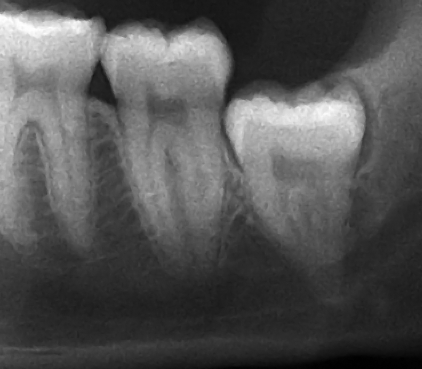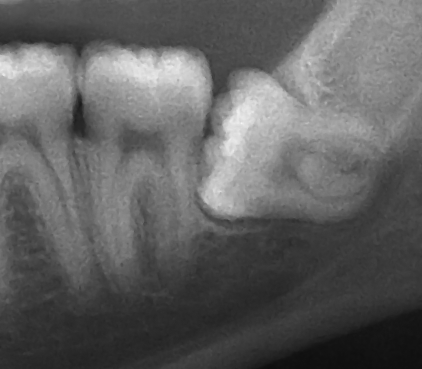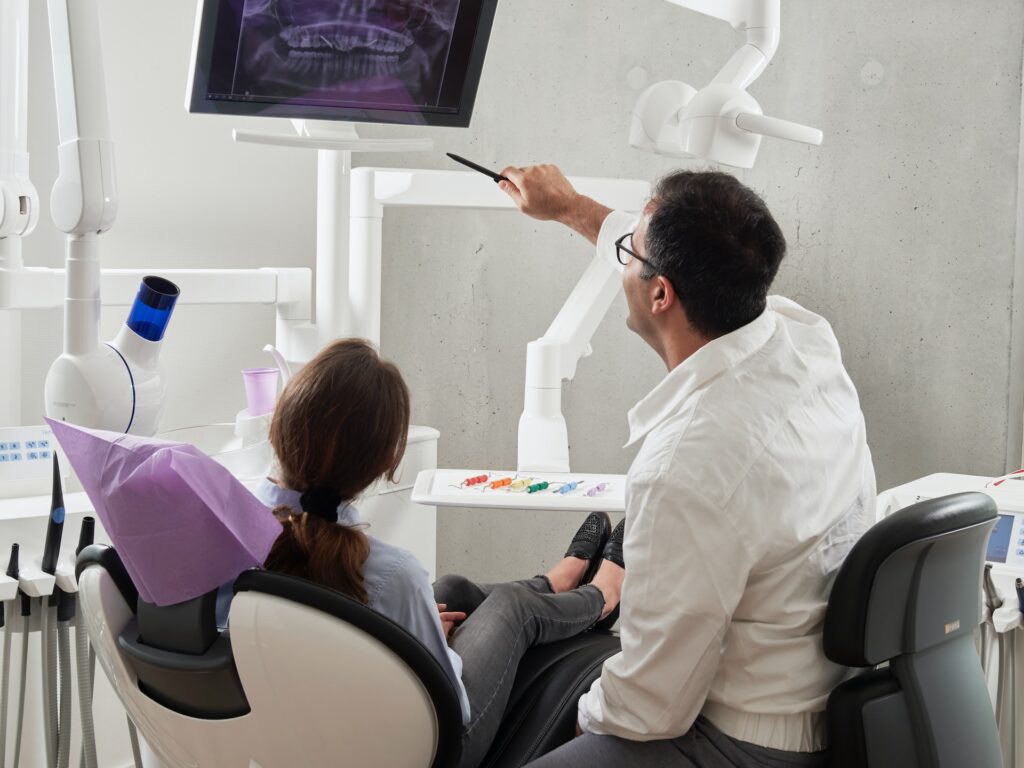Understanding the 4 Types of Wisdom Teeth Impactions

Wisdom teeth, otherwise known as the third set of molars, no longer serve a purpose. We don’t use them to grind down food as our ancestors did. For many, wisdom teeth cause pain, swelling, overcrowding, infection, and damage to nearby teeth. This is especially true when they make their presence known.
This is because as humans have evolved, so have their mouths. The human jaw has become smaller, causing wisdom teeth to become impacted. Huntington Bay Dental is well acquainted with cases of wisdom teeth woes and dental impactions. Our experts will help you learn more about the types of wisdom teeth impactions, including when removal becomes necessary.
Impacted Vs. Erupted Wisdom Teeth
What exactly is the difference between impacted and erupted wisdom teeth? Simply put, fully impacted wisdom teeth aren’t visible because of the way the teeth grow, which can cause tremendous pain and discomfort.
In contrast, erupted wisdom teeth are entirely visible above an individual’s gum line. Yet, simply because they have erupted does not mean they cannot cause pain. In addition, partially impacted teeth are barely visible because only part of the wisdom tooth has emerged from below the gum.
4 Types Of Wisdom Tooth Impaction
According to estimates, most people grow 32 permanent adult teeth. But most will experience issues with their wisdom teeth and impaction. This will often lead to removal. With the way human mouths have developed, they are not built to accommodate all four wisdom teeth.
The wisdom teeth become impacted when there is too little space in a person’s mouth. This means they cannot erupt into the mouth in the right position to be usable. There are different types of wisdom teeth impaction that we’ve discussed below.
Vertical Impacted Wisdom Tooth
When a wisdom tooth is positioned near perfect in an individual’s mouth but has difficulty erupting through a person’s gum, this is known as a vertically impacted tooth. In most instances, vertically impacted wisdom teeth rarely require extraction. This is because they are almost upright and unlikely to cause any pain or discomfort.

However, a dentist might recommend surgical removal if the impacted wisdom tooth causes pressure to be felt against the bone or if it pushes up a surrounding molar.
Distal Impactions
A distal impaction is usually characterized by a partially or fully impacted wisdom tooth and is sometimes confused with medial impactions. When a distal impaction occurs, an individual’s wisdom tooth erupts at an angle towards the back of the mouth. This impaction can be excruciating, but it is the rarest, so few people need surgical intervention.
Horizontal Impactions
Unfortunately, horizontal impaction is the most likely to cause immense pain because the wisdom tooth lies entirely sideways and pushes into a molar that is situated before it. If a dentist suspects horizontal impaction, they will need you to have an x-ray done because of how deep within the gum tissue a wisdom tooth in this position can lie. If a tooth that is horizontally impacted is not removed, it can cause damage to the surrounding teeth.

Depending on the severity of the horizontally impacted tooth, some of the bone of your jaw might also need to be removed. In these cases, general anesthesia or IV sedation is necessary during this procedure. At Huntington Bay Dental, we can tell you more about this procedure and the painkillers or antibiotics that might need to be used by the patient.
Mesial Impactions (Angular Impaction)
The type of dental impaction dentists see the most is mesial impaction. A mesial impaction means a wisdom tooth is angled towards the front end of your mouth. A mesial impaction often pushes your wisdom tooth against the second molar.
Sometimes mesial impactions are not an issue and can be left alone, but you will need a dentist to take a look and confirm. This is because a mesial impaction could lead to your tooth erupting and sitting as it should over time.
Soft Tissue Impaction Vs. Hard Tissue Impaction
Dentists often use the terms ’soft tissue wisdom tooth impaction.’ Or they use the term ’hard tissue wisdom tooth impaction.’
If your dentist tells you that you’re experiencing a soft tissue impaction, it means your wisdom tooth has surfaced from the bone of the jaw but hasn’t made its way through the surface of your gums.
In contrast, a hard tissue impaction refers to a wisdom tooth that is entirely covered by your jawbone and gums.

Do I Need To Remove Impacted Wisdom Teeth?
Whether you need to remove your wisdom teeth will depend on the wisdom tooth impaction you have. Your dentist can tell you the best course of action.
If the impacted teeth are often causing infections, pain, or dental damage, the best option is to remove them.
Also, sometimes, your dentist might even recommend removing the impacted tooth as a preemptive measure. They do this to avoid these oral health issues.
Speak With A Dentist To Discuss Your Teeth Impactions At Huntington Bay Dental Today
Now you know that there are many kinds of wisdom teeth impactions. If you think you are experiencing a wisdom tooth impaction, it’s a good idea to consult one of the dentists at Huntington Bay Dental.
We have experience with impactions. We can tell you the best course of action for your oral health. So contact us, and we will help you book with one of our qualified dentists.

